Opening a window into the extraordinary universe of marine animals, today we dive into the colourful aquatic gardens of the Marine Anemone. These fascinating sea creatures share their family tree with jellyfish and corals. With dazzling displays of an array of colours, sizes and shapes, these incredible beings light up any aquarium setting.
The Predatory Nature of The Marine Anemone
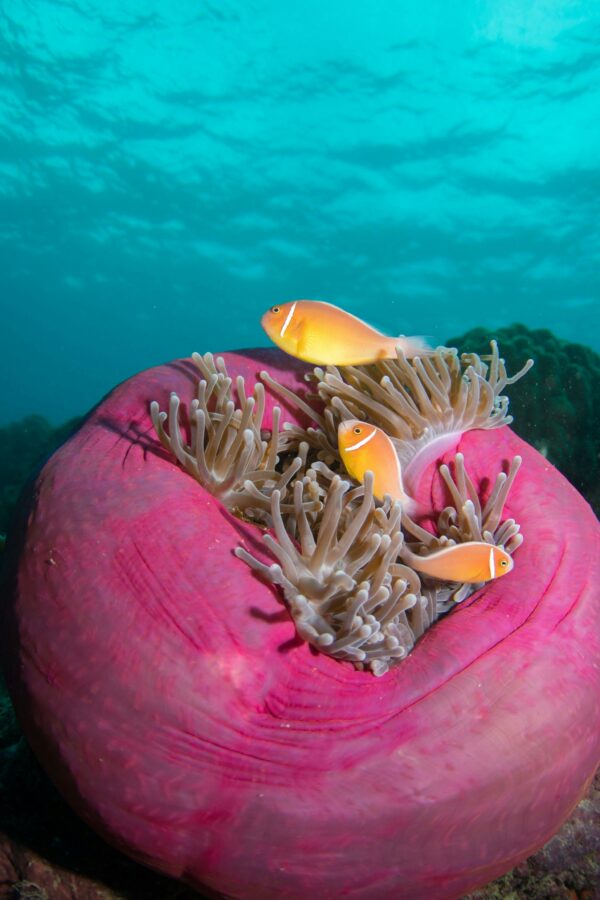
Occupying both the abyssal depths and the surface shallows, marine anemones are proficient hunters. A variety secure to solid surfaces via an adhesive foot, whereas other species opt for a nomadic lifestyle, floating freely upside down across the oceans. Regardless of their habitat, all marine anemones sport an oral disc adorned with numerous tentacles encircling their mouth, their principal instrument for ensnaring prey.
The Mechanism of The Kill
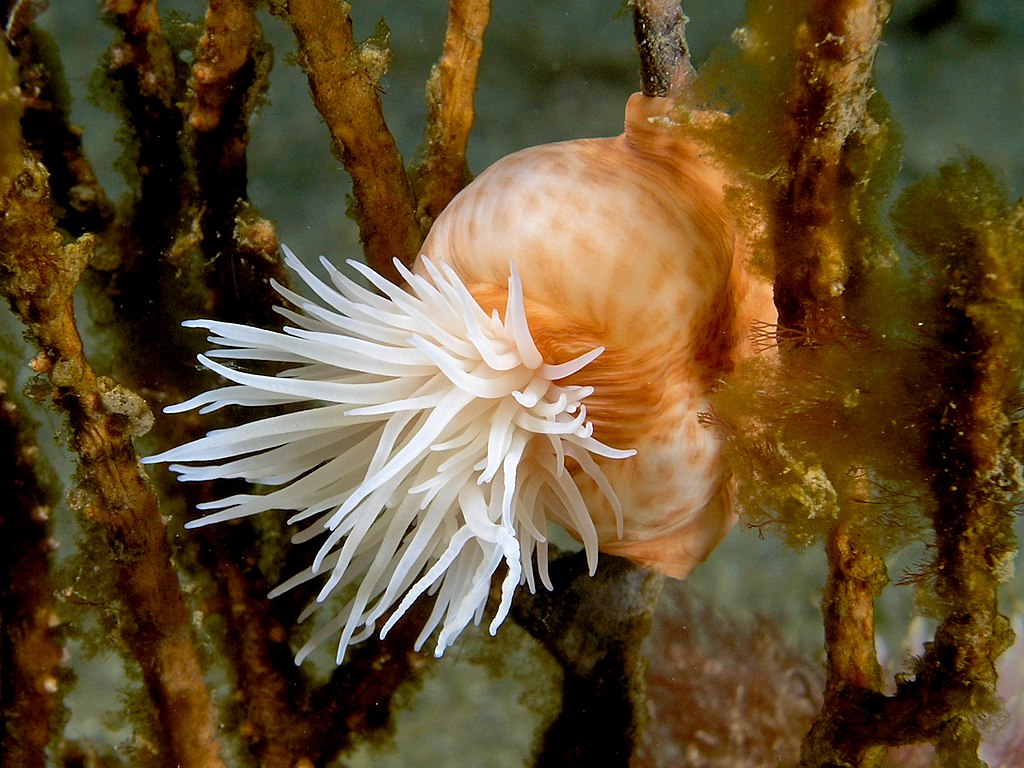
A thrilling survival mechanism lies in the cells of these graceful tentacles. Sensory hairs, once touched, trigger an injection of paralysis-inducing poison into the unsuspecting prey – hence, the sticky feeling to human touch. This paralysed status enables the anemone to leisurely translocate the prey to its mouth for digestion.
Propagation of The Marine Anemone: A Study in Contrast
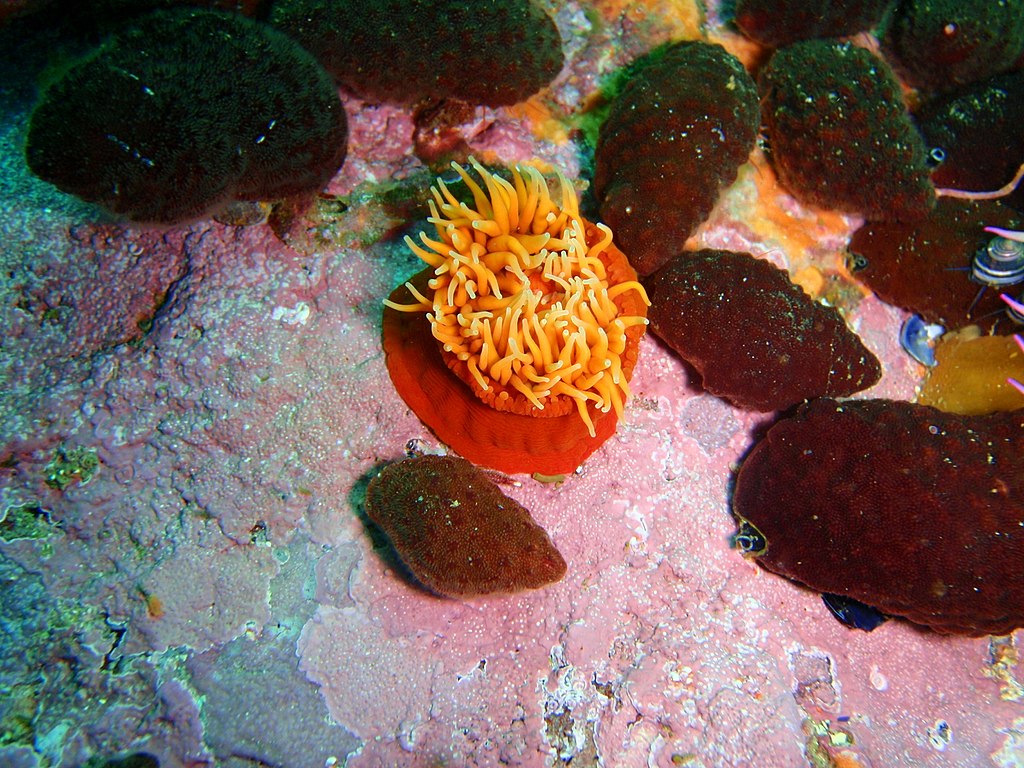
Marine Anemones champion the concept of self-sufficiency in reproduction. In most species, the same organism provides both the egg and sperm, simplifying the fertilisation process. The resulting planula eventually becomes a mature polyp, adhering to one area for extended durations, unless disturbed or discomforted.
Some select species exhibit sexual differentiation, also showcasing unique reproductive strategies like binary fission and pedal laceration – ingenious methods where fragments of themselves regenerate into independent beings.
An Eco-Friendly Digestive System
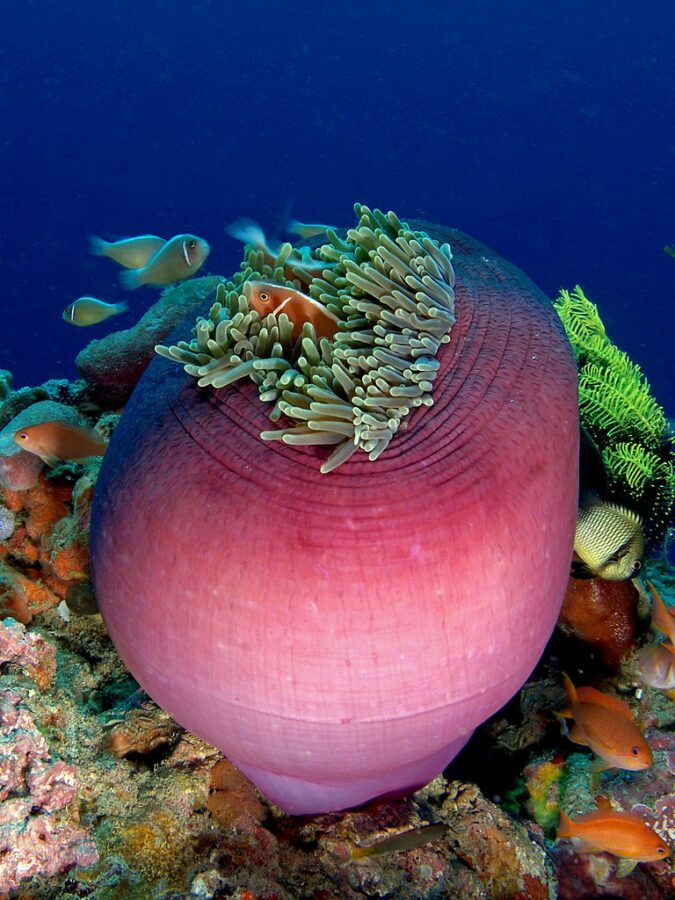
Epitomising simplicity, marine anemones opt for a gastrovascular cavity that serves as a stomach. The animal’s solitary orifice takes on a dual role – it ushers in food and also expels waste. The modular design of the gastrovascular cavity features distinct chambers, each performing a pivotal role in digestion.
Caring For a Marine Anemone: Quick Tips
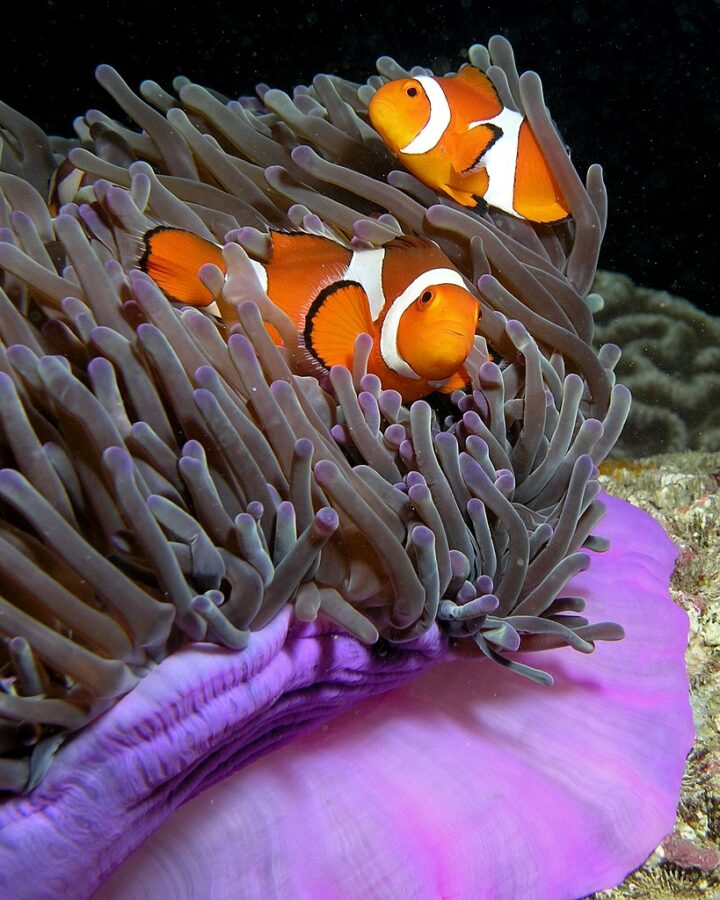
- Anemones relish ample light due to their dependence on specific algae for nutrition.
- Maintain a clean tank devoid of organic waste; a protein skimmer can be handy here.
- Do respect the anemone’s preference for a water temperature close to 80 degrees Fahrenheit and a pH range of 8.2-8.4.
- Nourish them periodically, but remember, some species need to eat only once every fortnight. Top choices include clams, shrimp, and scallops.
Remember, safety first! Always adhere to safety protocols and wear gloves when handling your marine anemone. A quick vinegar rinse can neutralize an accidental sting, however always monitor the area for any potential allergic reactions.
Join us in contributing to conserving these colourful miracles of marine life. Dive into the depths of knowledge and share the magnificence of Marine Anemones!
Related Resources: